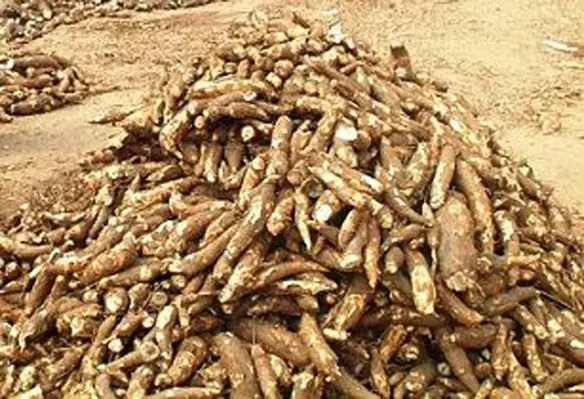Wasps can help protect cassava plants against the fatal mealybug, according to an FAO project
The mealybug injects a toxin into the cassava plant while feeding on its leaves and stems, causing the plants to wither and die.
The parasitic wasp known as Anagyruslopezi can be introduced into the infected areas. The wasp lays its eggs in the mealybug and the growing larvae eat their way out, effectively killing the host.
Four countries in Southeast Asia — Thailand, Vietnam, Cambodia and Laos — account for 90 per cent of the global cassava export market. Some three million small-scale farmers earn a living by growing cassava in the Greater Mekong sub-region.
Vietnam, the world’s second largest exporter of cassava after Thailand, shipped more than three million tonnes of cassava products in 2013, worth more than US$1bn, the FAO Regional Office for Asia and the Pacific said.
When the invasive cassava pink mealybug first began destroying Thailand’s cassava crops in 2008, farmers treated their fields with toxic pesticides, putting the environment at risk as well.
According to Yongfan Piao, senior plant protection officer at FAO’s regional office in Bangkok, said that the country’s estimated total yield of cassava root during that period was 22mn tonnes, or about 6 million tons less than had been forecast during the 2009/10 harvest.
The Thai government then sought the International Institute of Tropical Agriculture in Benin for assistance that helped countries in Africa reduce cassava mealybugs earlier.
Six million pairs of the parasitic wasps were produced and released in Thailand between July 2010 and August 2011 — a move that, along with the release of local predatory lacewings and training on ecological pest management, helped reduce the 176mn infested hectares in May 2009 to just 11 hectares by October 2013.
The UN body, through a technical cooperation programme (TCP), began working with the neighbouring and nearby countries of Cambodia, China, Laos and Vietnam. The TCP project supported research on the ecology of insect pests and their natural enemies, and provided technical assistance to produce large numbers of biocontrol agents, such as the wasps.
This was mainly carried out by Thailand’s departments of agriculture and agricultural extension.
To continue reading the rest of this article, please see the September 2014 issue of Far Eastern Agriculture





